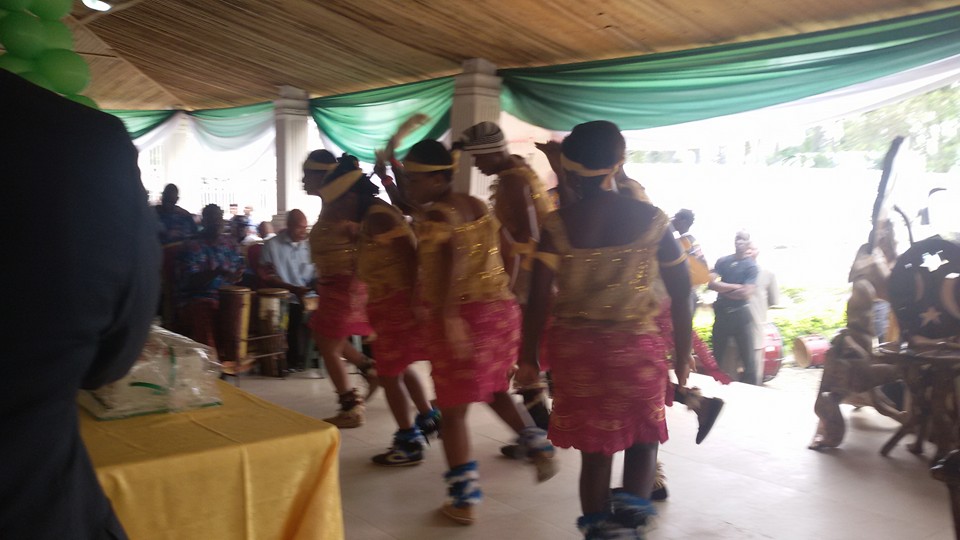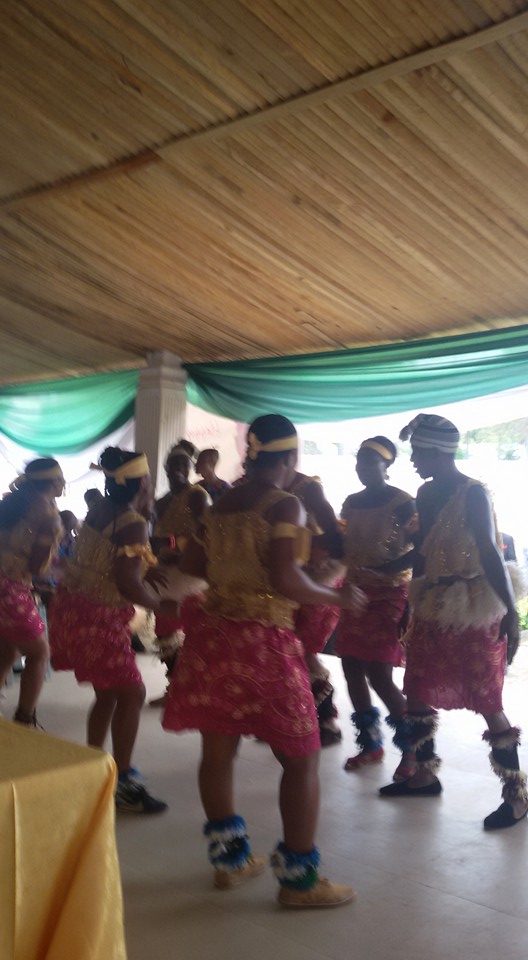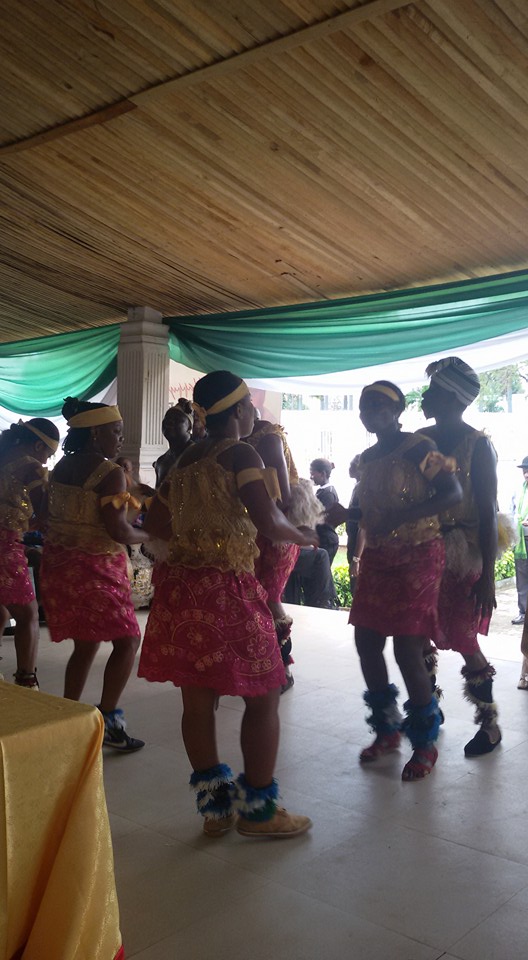Nigerian Traditional Dance
Nigerian dance is a subset of the African dance culture. It is very dynamic, rich and magnetic phenomenon. It is not easy to classify all Nigerian dances. Music and dance are part of life of every Nigerian native from cradle to grave. The day you are born is celebrated and so is the day you die. We can safely conclude that the rhythms and dance steps of modern dances are products of African music and dance. There are different types of dances. From acrobatic dance groups that are available for feature performances, workshops, festivals, and dance lessons to more subtle dancers that perform during mourning.

It is extraordinary aesthetic and adventurous to see native Nigerians perform their dances. Their dance steps and gestures are agile, graceful, admirable, and elegant. They are distinguished by unrivalled charm and harmony in the lines of both torso and limbs. The dance steps are coordinated and integrated art of movement which is controlled by the rhythm of music. Nigerian traditional dance tends to express situations, emotions, sentiments, and beliefs. Each particular dance has a linkage to human activity. It is a manifestation of human existence. In most regions of Nigeria, dances signify important occasion in the community, such as birth, harvest, thanksgiving, success, etc. Every experience in the culture is translated into music and dance. Dancing is a major source of entertainment in traditional Nigerian society.

The type and style of dance movements are dependent on the musical instruments. Traditional Nigerian dance troupes mostly utilize indigenous musical instruments. Drums, African talking drums, flute, Shekele, Picolo etc. are common musical instruments. Other modern musical instruments are also common. Traditional Nigerian music has made significant contributions to modern music. Music and dance remain the soul of Nigerian culture.

By Milica Matic

